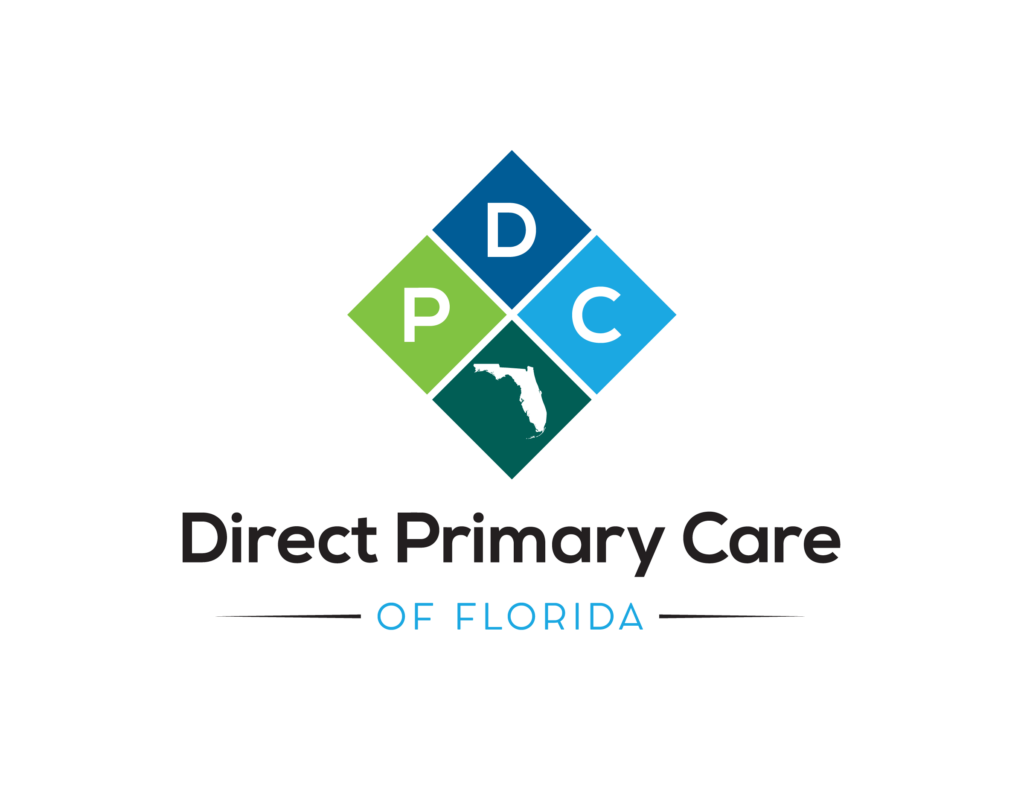- Phone 407-586-5677
- Email: [email protected]
- Fax : 407-956-2425
The healthcare industry has been evolving in recent years across the world, with innovative ideas to enhance patients’ contentment and decrease expenses and administrative tasks. One new model is increasing patients’ attention, especially in the United States: Direct Primary Care.
If you’ve ever felt frustrated with rushed doctor visits, confusing insurance claims, or surprise medical bills, then direct primary care might offer the refreshing alternative you’ve been looking for. In this blog, we have to see exactly what DPC is. its benefits .
Direct primary care is a healthcare model where patients pay their primary care physicians directly through a monthly, quarterly, or annual membership fee, bypassing traditional health insurance.
In essence, DPC creates a subscription-based relationship between patients and doctors. This fee typically covers a broad range of primary care services, including
Unlike traditional healthcare setups, there is no third-party billing involved in DPC. The focus shifts from volume-based care (more patients, more billing codes) to value-based care (fewer patients, better relationships, more personalized attention).

Here’s how Direct Primary Care works step-by-step:
Patients sign up for a membership plan directly with a DPC provider. Membership fees typically range between $50 and $150 per month, depending on age, services offered, and geographic location.
Members usually enjoy unlimited primary care visits at no additional cost. This includes in-person visits, virtual consultations, phone calls, and even texting with your doctor.
Insurance companies are not billed by DPC providers. Instead, they collect fees directly from patients, simplifying administration and reducing overhead costs
DPC physicians may limit their panels to 300–600 patients, whereas traditional primary care physicians typically manage 2,000–3,000 patients. This allows them to spend more time with each patient and offer same-day or next-day appointments.
Appointments in DPC clinics usually last 30 to 60 minutes, compared to the industry average of 10-15 minutes, giving ample time for discussion, education, and patient- centered care.
Since DPC physicians work with fewer patients, they can form deeper, more personalized relationships. This fosters trust, better communication, and continuity of care.
There are no surprise bills or copays. Patients know exactly what they’re paying each month and what services are included. This is particularly beneficial for families and individuals on tight budgets.
DPC patients often get
This reduces the need for urgent care or ER visits for non-emergent issues.
Without the need to code and bill every service to insurers, DPC clinics can cut administrative costs and spend more time on patient care. It also reduces burnout for doctors.
DPC doctors can focus on prevention, lifestyle counseling, and managing chronic diseases because appointments are longer and more frequent, potentially leading to better long-term outcomes. 6. Affordable for People Without or with Insufficient Insurance For individuals without comprehensive insurance, DPC can serve as an affordable way to get high-quality primary care without the burden of high deductibles or unexpected bills.
DPC covers only primary care services. It does not include:
Patients will still need catastrophic or high-deductible insurance for those scenarios.
While the monthly fee is often reasonable, it can be burdensome for low-income families, especially if additional services or referrals are required outside the DPC scope.
Although DPC is growing, it’s still limited in rural or underserved areas. Patients may not have access to a nearby DPC clinic.
People with traditional insurance may feel they are paying twice, once for their insurance premiums and again for their DPC membership. This might make the model less attractive to those who already receive decent coverage through their employer.
Because DPC doctors operate outside insurance networks, they may have difficulty coordinating with specialists or hospitals that require referrals within an insurance framework.
People often confuse Direct Primary Care with Concierge Medicine, but there are key differences:
Feature | Direct Primary Care (DPC) | Concierge Medicine |
Membership Fee | $50–$150/month | $150–$500+/month |
Insurance Billed | No | Yes (insurance is still billed) |
Patient Panel Size | Small (300–600 patients) | Very small (100–300 patients) |
Goal | Affordable, accessible care | Exclusive, premium care |
Focus | Primary care only | primary + limited specialty care |
DPC is not insurance. However, it can complement insurance policies.
Many patients combine DPC with:
This hybrid approach keeps routine care affordable while protecting against major health expenses.
Note: As of now, DPC memberships are not universally recognised as HSA-eligible expenses, although ongoing legislative efforts aim to change this.
According to the Direct Primary Care Coalition, there are over 1,600 DPC practices across the U.S., and the model continues to expand as both patients and providers seek alternatives to traditional care models.
Employers are also exploring DPC for employee health benefits, as it can lower overall healthcare costs by reducing emergency visits, increasing preventive care, and improving employee satisfaction.
Direct primary care provides revival and human-oriented techniques to medicine. It prioritizes connection above administrative hurdles, period above exchange, and prime above amount. For more patients, economical, reachable, and responsible care focus.
At the same time, it’s essential to keep in mind direct primary care is not an all-inclusive solution. You have to improve the unique financial status requirements, and is it accessible in your area.
We are currently accepting new patients.

We believe in putting healthcare back where it belongs—in the hands of you and your doctor. With no insurance barriers, long waits, or rushed visits, we provide the time, attention, and quality care you deserve. Experience a better way to manage your health with Direct Primary Care of Florida.
© 2025 Direct Primary Care of Florida.